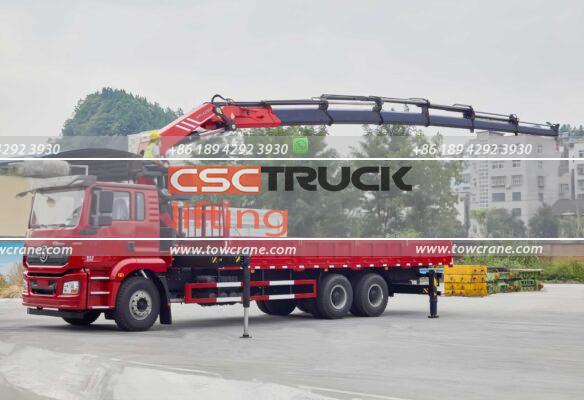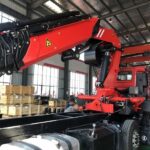A wrecker, also known as a tow truck, plays a crucial role in managing traffic flow by promptly removing broken down or accident vehicles. As the number of vehicles and roads continues to grow, the demand for wreckers increases. These specialized vehicles require specific expertise for their operation. Below are detailed usage guidelines for the main components of a wrecker.
1. Power Take-Off (PTO)
Function and Operation: The PTO is essential for the wrecker‘s operation, as it converts engine power into hydraulic energy. It consists of an oil pump, PTO, and flexible shaft. The PTO engages or disengages with the vehicle’s gearbox via a lever in the driver’s cabin.
Usage Tips:
- Engagement: When engaging the PTO gear, ensure that it is properly aligned with the gearbox to avoid any damage.
- Disengagement: Always disengage the PTO gear and stop the oil pump during regular driving to prevent unnecessary wear and tear on the system.
- Maintenance: Regularly check the oil levels and the condition of the flexible shaft to ensure smooth operation.
2. Hydraulic System
Function and Operation: The hydraulic system powers various operations of the wrecker. When the PTO engages, high-pressure oil flows into the multi-way valve, enabling different functions through various valve handles.
Usage Tips:
- Operation: Familiarize yourself with the valve handles and their corresponding operations. Practice using them to ensure smooth and efficient control during actual towing operations.
- Maintenance: Regularly inspect the hydraulic hoses and connections for any signs of wear or leaks. Keep the hydraulic oil clean and at the correct level to maintain system performance.
3. Traction System
Function and Operation: The traction system uses high-pressure oil to drive a hydraulic motor that operates the winch. This system is critical for towing vehicles.
Usage Tips:
- Unwinding the Steel Cable: When the motor is active, place the control handle in the “release” position to automatically unwind the steel cable. Ensure that the cable unwinds smoothly without tangles.
- Securing the Steel Cable: For normal driving, secure the steel cable hook to the loop at the end of the flatbed to prevent it from swinging and causing damage.
4. Lifting Device
Components and Operation: The lifting device usually includes a wheel bracket, divided into front and rear brackets. The front bracket fits over the swing arm ends and is secured with spring pins, while the rear bracket inserts into the front bracket’s square holes and is fixed with pins.
Usage Tips:
- Securing the Brackets: Ensure that the front and rear brackets are properly aligned and securely fastened with the spring pins and fastening cables. This prevents the vehicle being towed from shifting or becoming unstable.
- Locking the Tires: Tighten the fastening cables to lock the tires in place, ensuring the towed vehicle remains secure during transport.
Conclusion
Hävittäjäs are essential for maintaining smooth traffic flow by efficiently clearing broken down or accident vehicles. Proper usage and maintenance of their key components—PTO, hydraulic system, traction system, and lifting device—are crucial for their effective operation. As wreckers become increasingly common, understanding their functions and operation ensures they perform optimally, enhancing road safety and efficiency.









